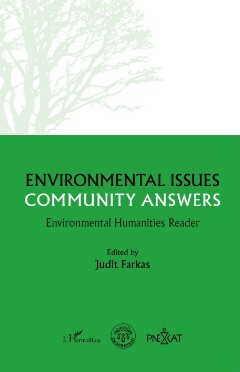

OCR
A Few Worbs ON GLOBAL OVERPOPULATION 177 Scharping, Thomas 2013. Birth Control in China 1949-2000.. London, New York, RoutledgeCurzon. https://doi.org/10.4324/9781315027777 Schneider, Uwe A. — Havlik, Petr — Schmid, Erwin — Valin, Hugo — Mosnier, Aline — Obersteiner, Michael — Böttcher, Hannes — Skalsky, Rastislav — Balkovic, Juraj — Sauer, Timm — & Fritz, Steffen 2011. “Impacts of population growth, economic development, and technical change on global food production and consumption”. Agricultural Systems, 104/2: 204-215. https://doi.org/10.1016/j.agsy.2010.11.003 UN Department of Economic and Social Affairs. 2017. World Population Prospects: The 2017 Revision. https://www.un.org/development/desa/publications/world-populationprospects-the-2017-revision.html United Nations Department of Economic and Social Affairs. 2022. World Population Prospects 2022. https://population.un.org/wpp/Publications/ Seekell, David — Carr, Joel — Dell’Angelo, Jampel — D’Odorico, Paolo — Fader, Marianela — Gephart, Jessica — Kummu, Matti — Magliocca, Nicholas — Porkka, Miina — Puma, Michael — Ratajczak, Zak — Rulli, Maria C. — Suweis, Samir & Tavoni, Alessandro 2017. “Resilience in the global food system”. Environmental Research Letters, 122: 1-10. https://doi.org/10.1088/1748-9326/aa5730 Weinberger, Mary Beth 1987. “The relationship between women’s education and fertility: Selected findings from the world fertility surveys”. International Family Planning Perspectives, 132: 35-46. https://doi.org/10.2307/2947826 World Commission on Environment and Development. 1987. Our Common Future. New York. https://digitallibrary.un.org/record/139811
Strukturell
Custom
Image Metadata
- Bild Breite
- 1830 px
- Bild Höhe
- 2834 px
- Bild Auflösung
- 300 px/inch
- Dateigröße
- 693.81 KB
- Permalink zum JPG
- 022_000083/0178.jpg
- Permalink zur OCR
- 022_000083/0178.ocr
Benutzeranmeldung
Deutschde
